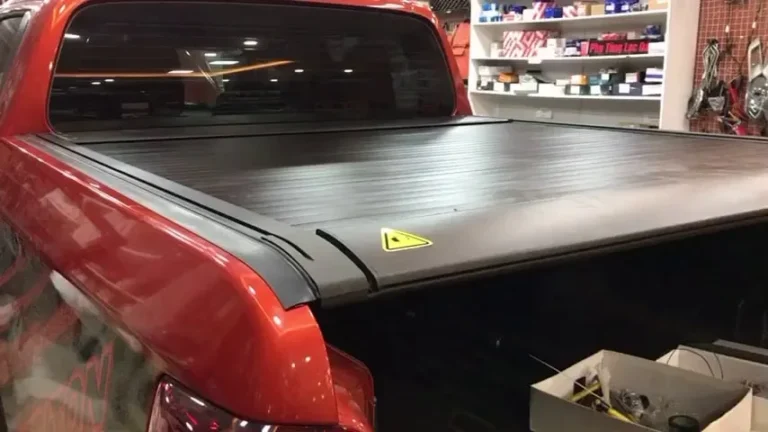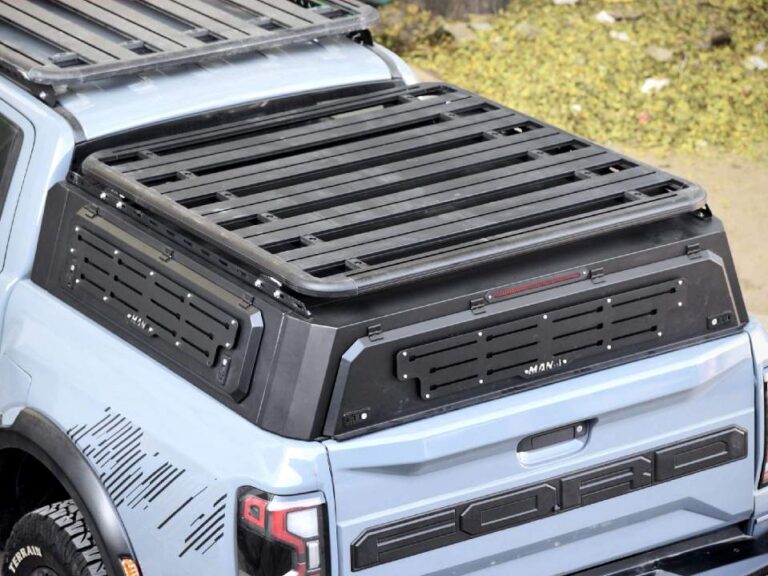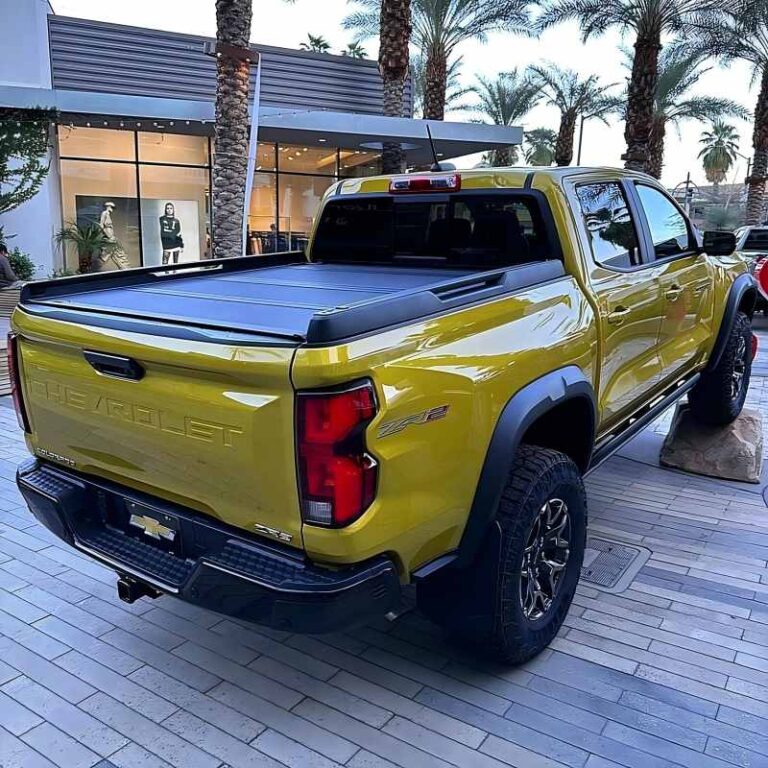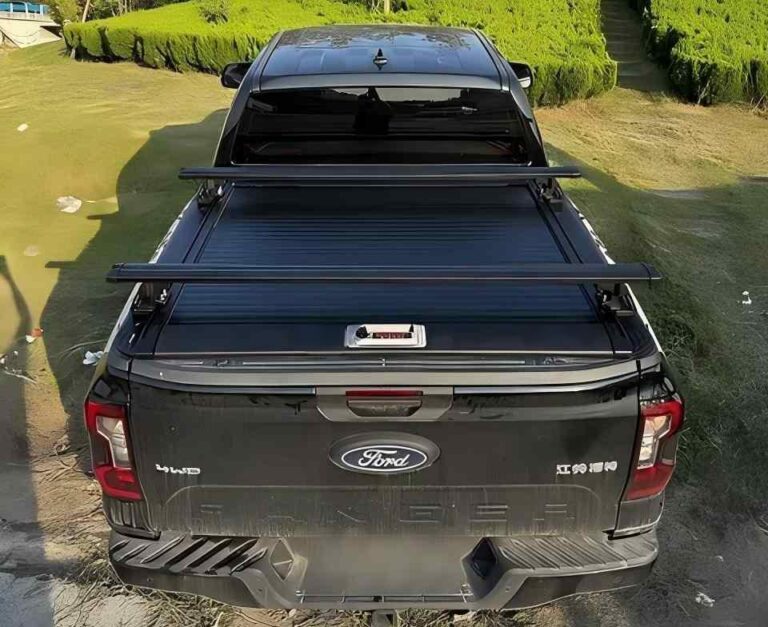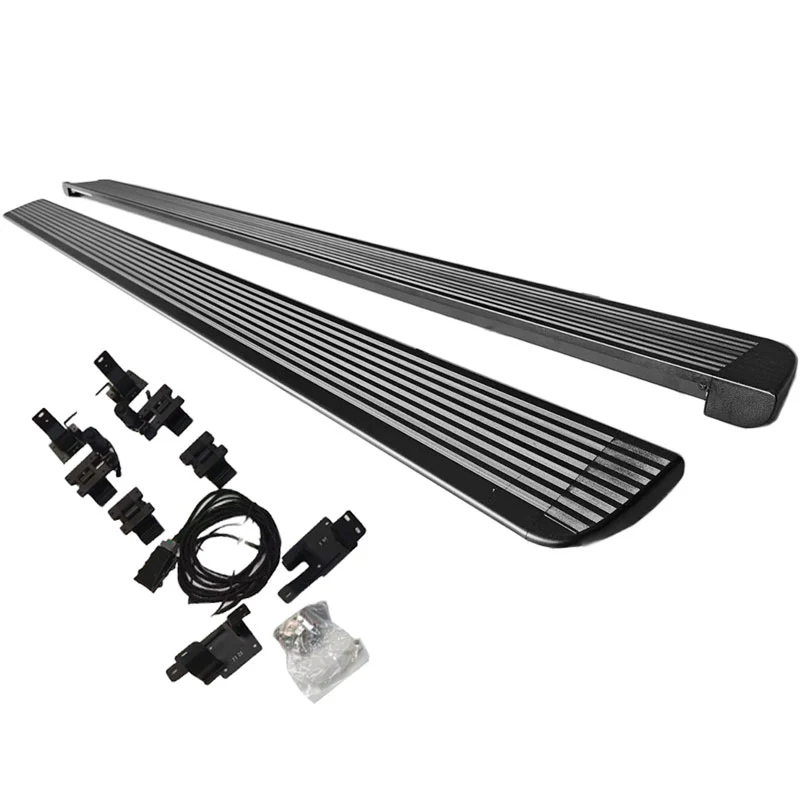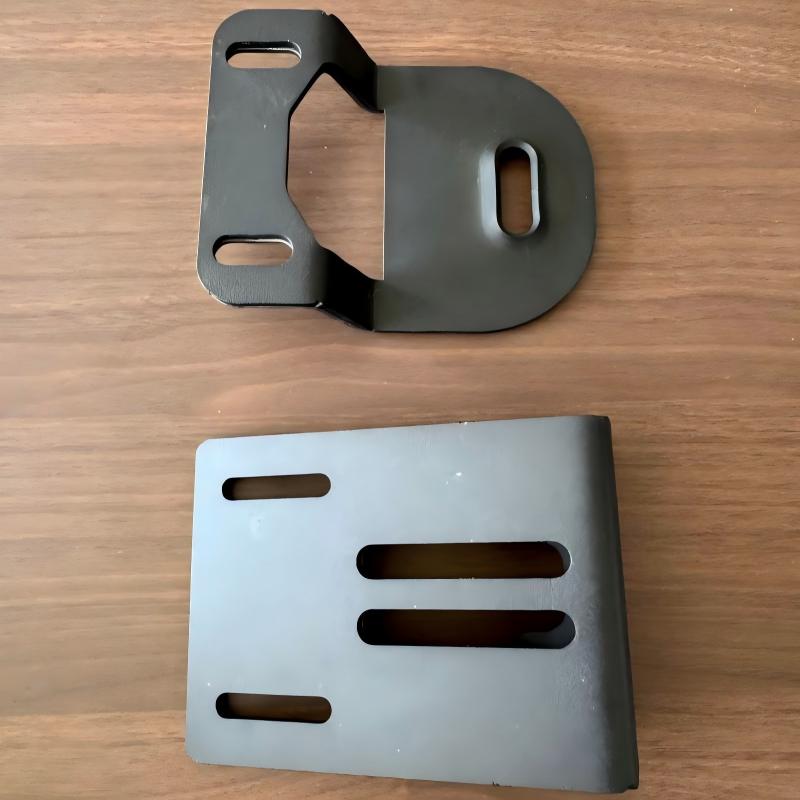-
GaoxinQu, Xingtan, Shunde, Guangdong
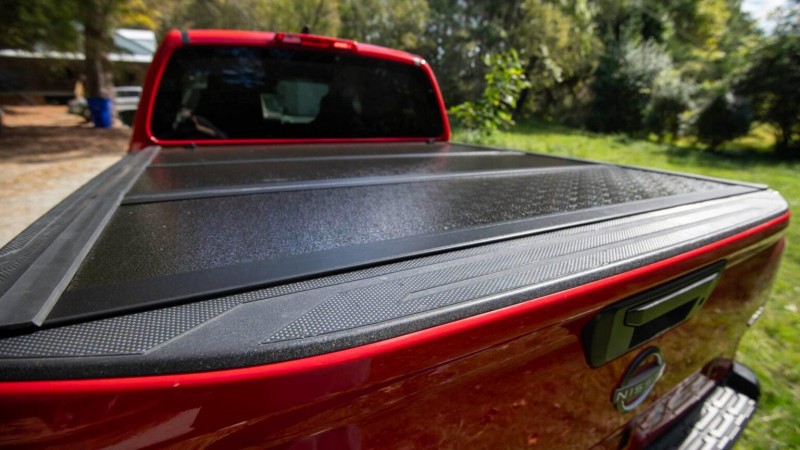
Test Report from Flat Cover to Rolling Cover:How to Choose the Best Truck Bed Cover for Your Vehicle
Table of Contents
Summary
Truck bed covers are key accessories that enhance the practicality and aesthetics of trucks, and are suitable for truckers, outdoor enthusiasts, and home car owners. This article will comprehensively analyze the advantages and disadvantages of truck bed covers from 10 core dimensions, including materials, design, functions, selection, and maintenance, and provide the latest actual test data comparison in 2024 to help you choose the most suitable solution.
1. Definition and core value of truck bed covers
Truck bed covers are essential accessories for truck functional upgrades
- Definition: Truck bed covers are covering devices installed on the top of truck cargo boxes to protect cargo, improve safety, and optimize aerodynamics.
- Core Value:
- Rainproof, dustproof, and UV-proof (UV protection rate up to 99%).
- Reduce air resistance and improve fuel efficiency (actual fuel consumption is reduced by 5-10%).
- Enhanced anti-theft (locking design prevents cargo theft).
2. Comparison of materials of truck rear covers
Rear covers of different materials are suitable for different needs
| Material | Advantages | Disadvantages | Applicable Scenarios |
|---|---|---|---|
| Vinyl (soft) | Light, cheap, easy to install | Low durability | Short-distance urban transportation |
| Aluminum alloy | Rust-proof, impact-resistant | Higher price | Long-distance freight |
| Fiberglass | High strength, customizable paint | Heavier | High-end modification |
| Carbon fiber | Ultra-light, high rigidity | Expensive | Performance car/off-road |
Actual data (2024):
- The aluminum alloy rear cover has no rust for 500 hours in the salt spray test, while ordinary steel can only maintain 200 hours.
- The impact resistance of fiberglass rear covers is 3 times that of vinyl.
3. Five major types of truck rear covers
Choose the right type according to the usage scenario
- Roll-Up: Save space, suitable for frequent storage and retrieval of goods.
- Folding: Can be opened in sections, balancing convenience and sealing.
- Hinged: Strongest safety, but takes up space.
- Retractable: Electric control, the first choice for high-end models.
- Soft Tonneau: The lightest, but less protective.
Case: Ford F-150 owners prefer Folding (60% choice) because it takes into account both cargo and daily convenience.
4. Five core advantages of truck rear covers
The long-term return on investment in rear covers far exceeds the cost
- Waterproof and dustproof: The sealed design can block heavy rain (IP67 waterproof).
- Fuel saving: Aerodynamic optimization reduces wind resistance (EPA test fuel consumption reduced by 7%).
- Anti-theft: Hard rear covers require 3000N external force to destroy (5 times higher than soft ones).
- Value retention: The price of used cars with rear covers increases by 5-8% (Kelley Blue Book data).
- Multi-functional expansion: You can add roof racks, tents and other outdoor equipment.
5. How to choose a truck rear cover?
3 steps to lock in the best choice
- Clear demand: Freight (choose hard) vs. home use (choose soft).
- Measure the size: Make sure it matches the cargo box (e.g., F-150 requires 5.5-foot specifications).
- Budget planning:
- Economy ($200-$500): Vinyl soft cover.
- Mid-range ($500-$1,200): Aluminum alloy folding type.
- High-end ($1,500+): Electric retractable type.
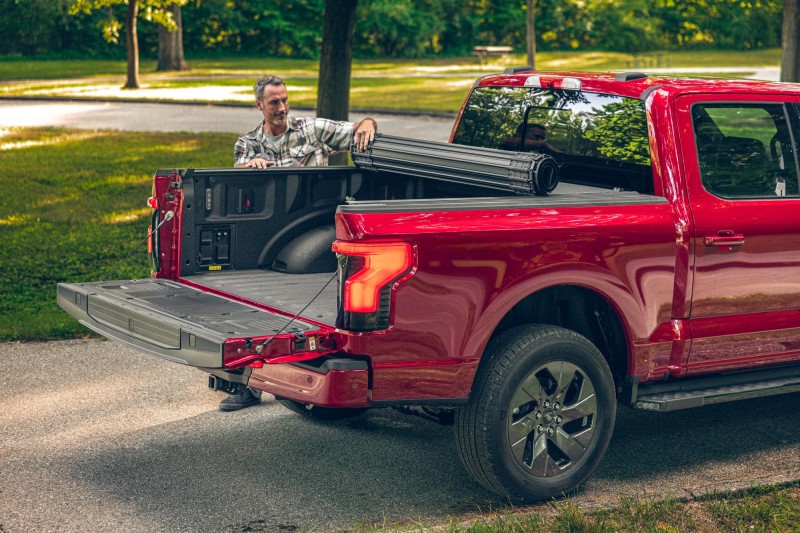
6. Installation method: DIY or professional installation?
90% of users can install it by themselves, but attention to details
- DIY: Soft rear cover usually only takes 30 minutes, and the tools are wrench + instruction manual.
- Professional installation: Hard/electric rear cover is recommended to be operated by a technician (labor cost $100-$300). Key tips:
- Clean the cargo box rails before installation to prevent impurities from affecting the sealing.
- Torque wrench calibration screw (8-10N·m), over-tightening will cause deformation.
7. Maintenance and care tips
Regular maintenance can extend life by 50%
- Cleaning: Use neutral detergent for vinyl and WD-40 for aluminum alloy to prevent rust.
- Winter: Avoid snow accumulation of more than 50kg on the hard rear cover (may crack the hinge).
- Inspection: Check the aging of the lock and seal every 6 months.
8. Common misunderstandings and truths
Debunking 3 myths ❌ “Soft back cover is not anti-theft” → High-end soft cover with lock (such as Tyger Auto T1) is equally safe. ❌ “The rear cover affects the cargo height” → The folding/rolling design can completely free up space. ❌ “Installation is complicated” → 80% of products provide video tutorials, and the only tool required is a screwdriver.
9. Future trend: intelligent rear cover
Electric + Internet of Things is the next generation direction
- Mobile phone APP control (such as Gator EFX electric model).
- Integrated GPS anti-theft (can be tracked after loss).
- Solar charging (powers on-board electrical appliances).
FAQS
1. What are the main benefits of a truck bed cover?
Protects cargo from weather (rain, dust, UV rays)
Improves fuel efficiency by 5-10% (reduces wind resistance)
Enhances security with lockable designs
Increases resale value by 5-8%
2. Which material is best for my needs?
Vinyl: Budget-friendly, lightweight (ideal for occasional use)
Aluminum: Durable, rust-proof (best for heavy-duty/hauling)
Fiberglass: Stylish, paint-matching options (premium look)
Carbon fiber: Ultra-lightweight (performance/off-road use)
3. What types of truck bed covers are available?
Roll-up: Space-saving, easy access
Folding: Balance of security and convenience
Hinged: Maximum protection (hardest to break into)
Retractable: Electric operation (high-end convenience)
Soft tonneau: Lightest/cheapest (basic protection)
4. How do I choose the right cover?
Usage: Freight → hard covers; daily use → soft/folding
Budget: 200
−200−500 (vinyl) to $1,500+ (electric retractable)
Truck model: Measure bed length (e.g., 5.5′ for F-150)
Summary
The truck rear cover is the best investment to improve the practicality, safety and economy of the truck. Core conclusion:
- Hard type (aluminum alloy/fiberglass) is suitable for freight, and soft type (vinyl) is suitable for home use.
- Proper installation and maintenance can extend the life to more than 10 years.
- High-end electric models are suitable for technology enthusiasts, but traditional folding models are the most cost-effective.

